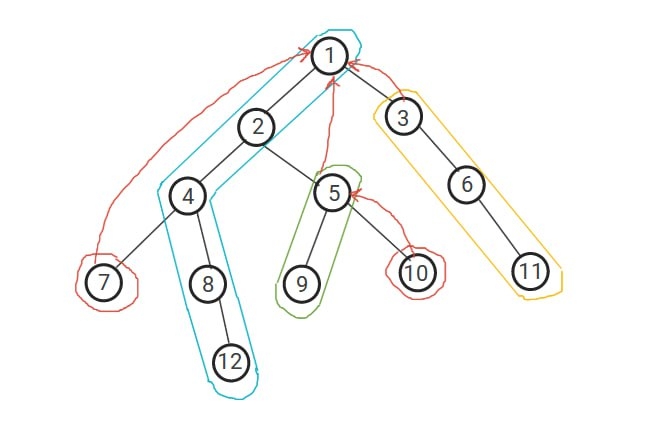We are happy to invite you to participate in 2024 Aleppo Collegiate Programming Contest that was held on the 27th of June in Aleppo, Syria.
The problems are authored and prepared by ahmad_alghadban, Ahmad7_7, Zaher, Go8, Hosen_ba, JaberSH1, Khaled_Mardini, SaeedSabbagh, Neodoomer, Yaman_Alwaza, OmarAlzakout, and me.
Thanks to Guess.Who, Kaitokid, Modar_Ali, ...._....__...___, yaser.harba, BallzCrasher, Harraaak, Future_Hustler, Hamzeh_Miqdad, KinanAyed, The_Hallak, skahl15, Khaled_Al_Awad, GMgrizo, HeMoo, Anas_Da, Kh_Decode_1024, Shahd, KactusJack, Richtofen, AbeerB, yumna for testing the contest.
We would love to hear your feedback on the problems in the comments section. Hope you enjoy solving the problems!











